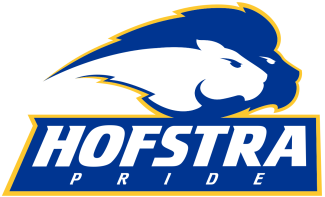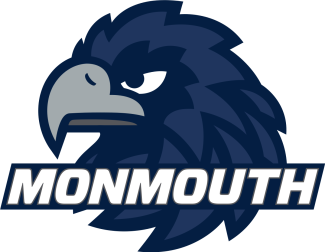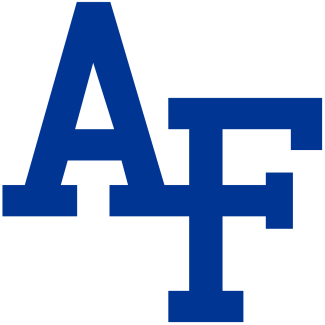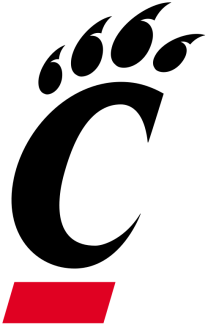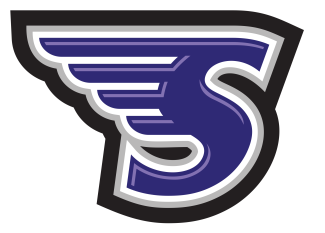Sunday night’s theme was throwing the book out. Literally.
“In years past, using the criteria was pretty straightforward, but we couldn’t do that this year,” Christy Leach, chair of the NCAA Selection Committee and Stetson head coach, said. “We had to focus a lot on significant wins and losses and what those meant.”
And what it meant was confusing to some, but fair to others. The biggest surprise was a 9-7 Duke team that registered just two wins over teams in this year’s NCAA field (Virginia and High Point) getting a No. 7 seed. Leach even cited competitiveness in games they lost, a factor not normally used in selecting and seeding teams.
“I think they were pretty competitive in those games,” Leach added. “They weren’t getting blown out, so to speak.”
Duke’s seed came at the expense of Drexel, who bested Duke in every metric, which was mostly cast aside. Drexel had five victories over teams in the field, but because it came against only two teams, Towson and Hofstra, that was discounted.
“Today they had an opportunity to take one from JMU, which would have added a quality win for them,” Leach said Sunday night after the bracket announcement.
Objectively, the numbers aren’t close.
|
RPI
|
SOS
|
vs. RPI T20
|
vs. RPI T40
|
| Drexel |
4 |
13 |
3-2 |
10-2 |
| Duke |
21 |
9 |
0-6 |
4-7 |
For the committee, the numbers needed to be viewed in a different light.
“The numbers aren’t as true as they’ve been in the past,” she said. “That’s where we look at the teams themselves. The RPIs were skewed.”
The skewing was truest for teams in the Big Ten and the MAAC, as they only played conference opponents. In a closed-loop system, the RPI doesn’t work. But for the other conferences that allowed non-conference play, it’s the only objective indicator we have to evaluate teams and conferences.
What ended up happening, according to Leach, is that the committee relied upon the regional advisory committees (RACs) to provide input about team quality. Then the national committee created their own internal rankings and based results from there.
This didn’t seem to be applied the same to all teams. For example, the ACC got the benefit of the doubt, but the CAA didn’t. Sure, the CAA got four teams in the field, but the fact that the ACC landed five seeds and the CAA didn’t grab one seemed unbalanced.
Duke got a higher seed than Stony Brook, which also has a better RPI (No. 5). Other unseeded teams include Loyola, which was No. 8 (and beat Drexel), Stanford (11-0 overall, No. 9 in the RPI), UMass (No. 12 RPI), Denver (No. 13) and James Madison (No. 15), which won the third-best league in Division I but has to travel to Chapel Hill and play Johns Hopkins.
Last point on the Duke decision: Twelve unseeded teams (including one that didn’t even make the field) matched or exceeded Duke’s win total over teams in the current field: Drexel (5), Maryland (4), James Madison (4), Hofstra (3), Denver (3), Penn State (3), Rutgers (2), Virginia (2), Temple (2), Towson (2), Vanderbilt (2) and Jacksonville (2).
It has to be noted that Duke head coach Kersten Kimel is also on the national committee, although she had to recuse herself whenever her team was being discussed.





